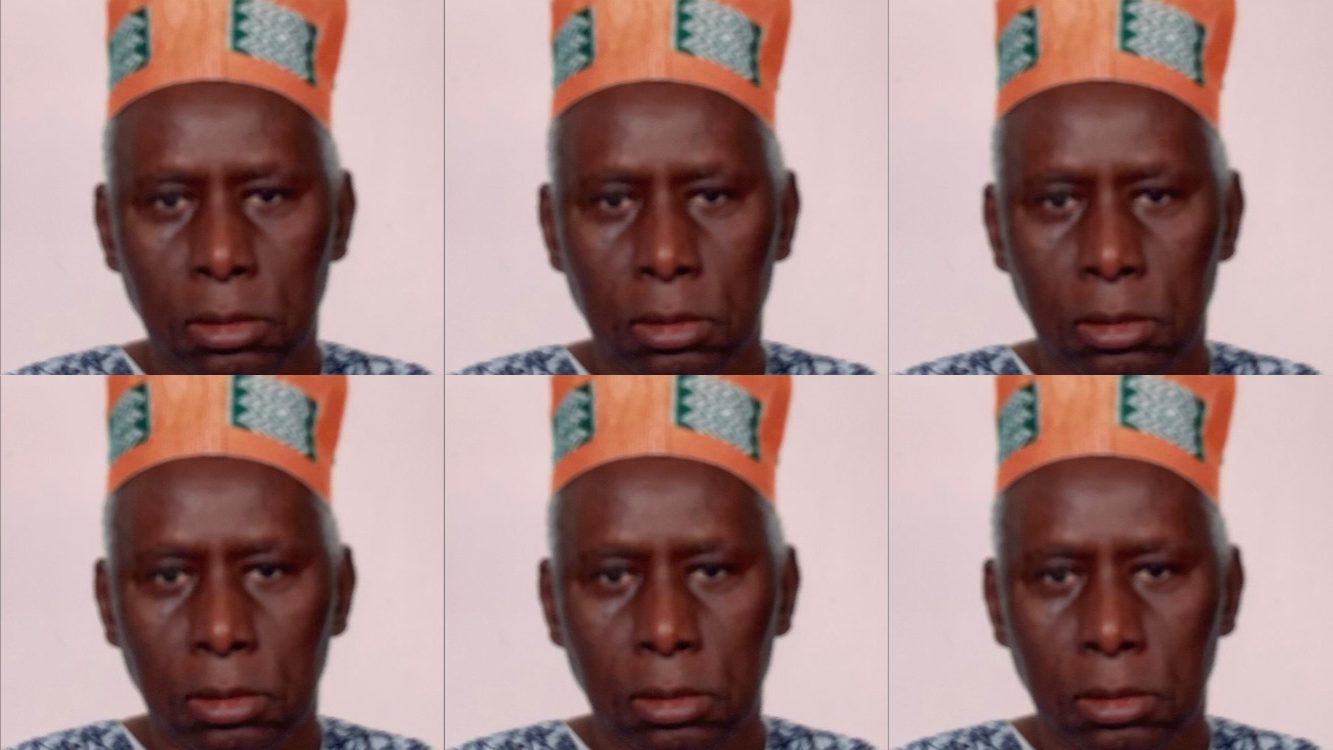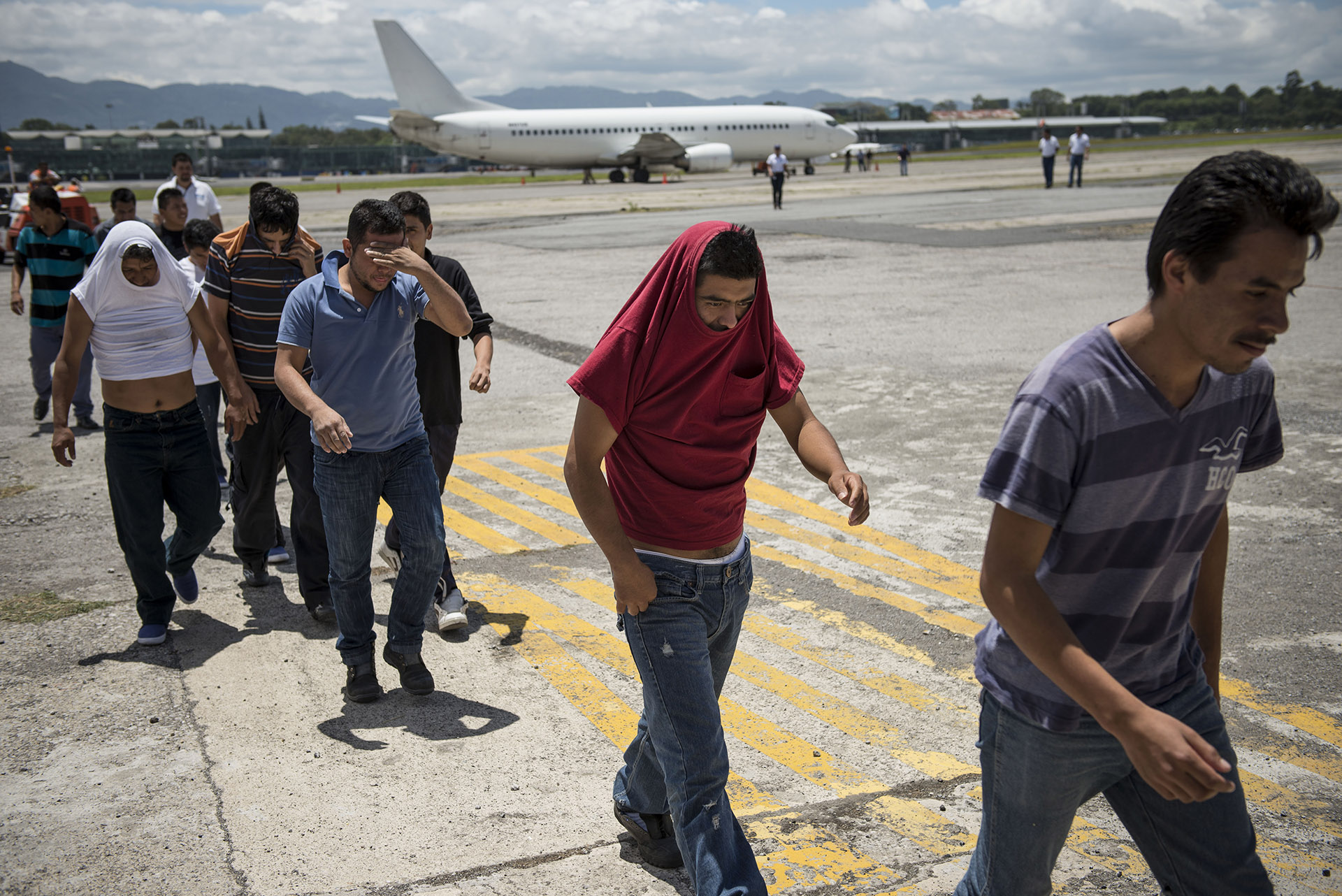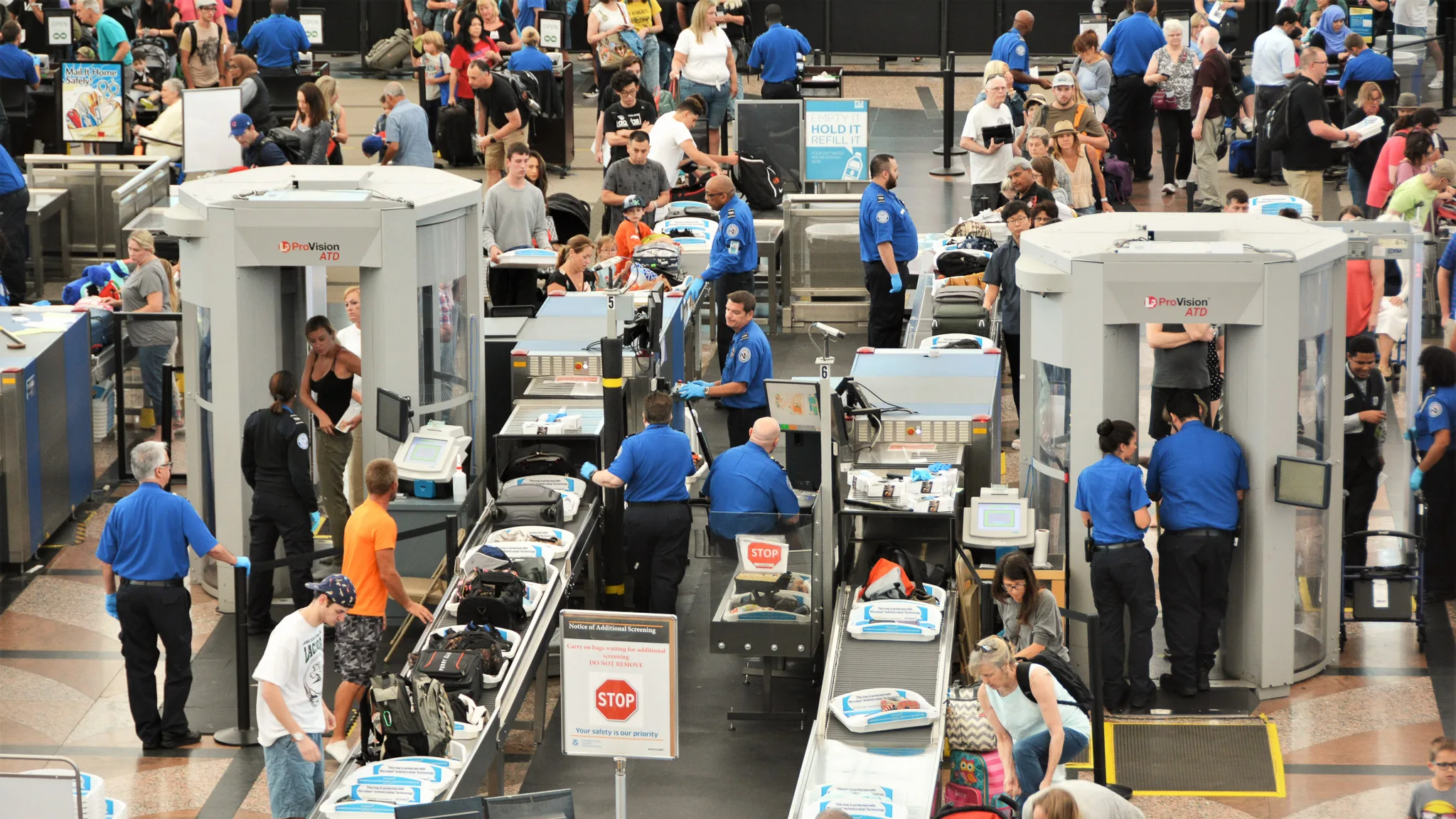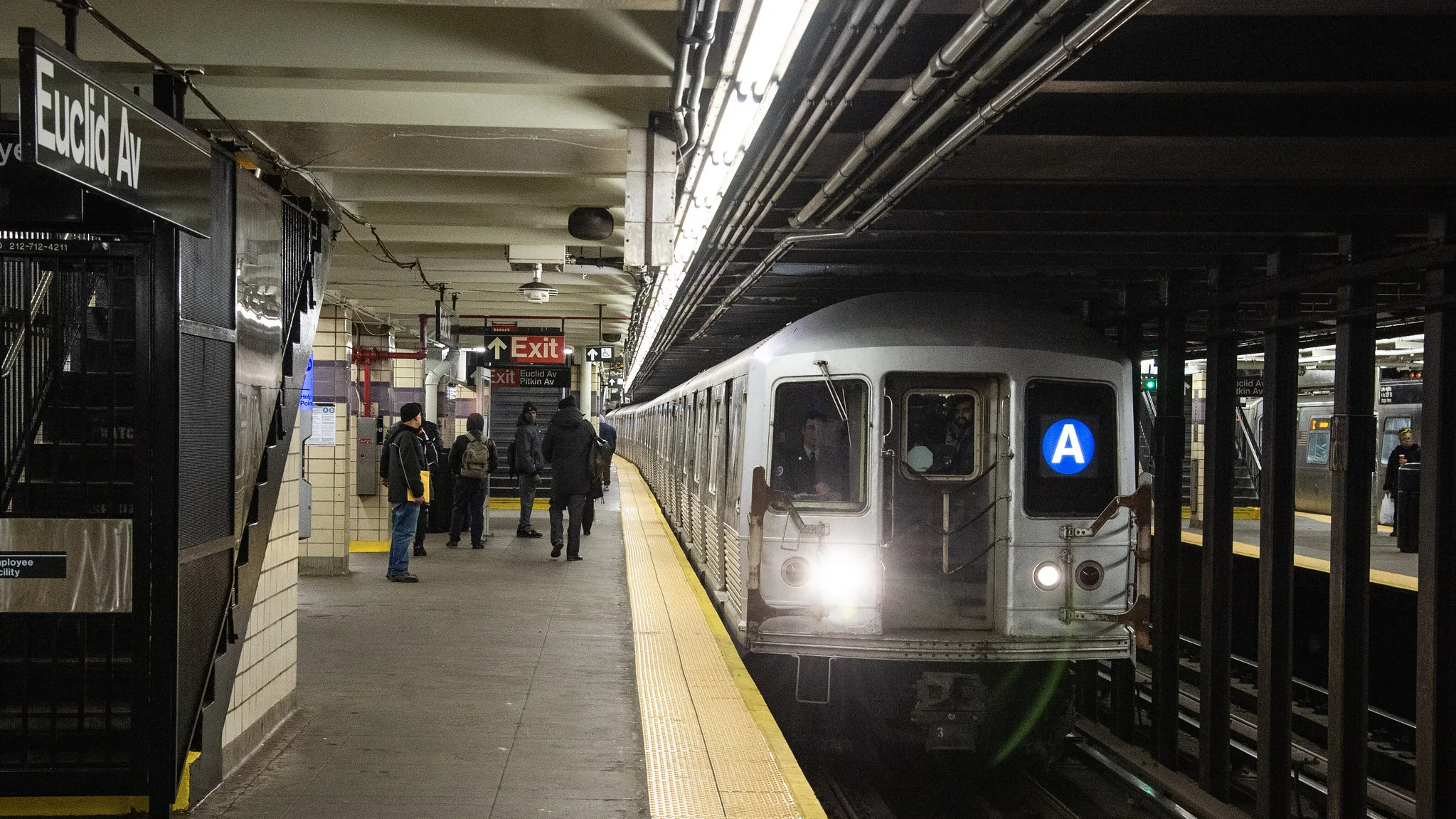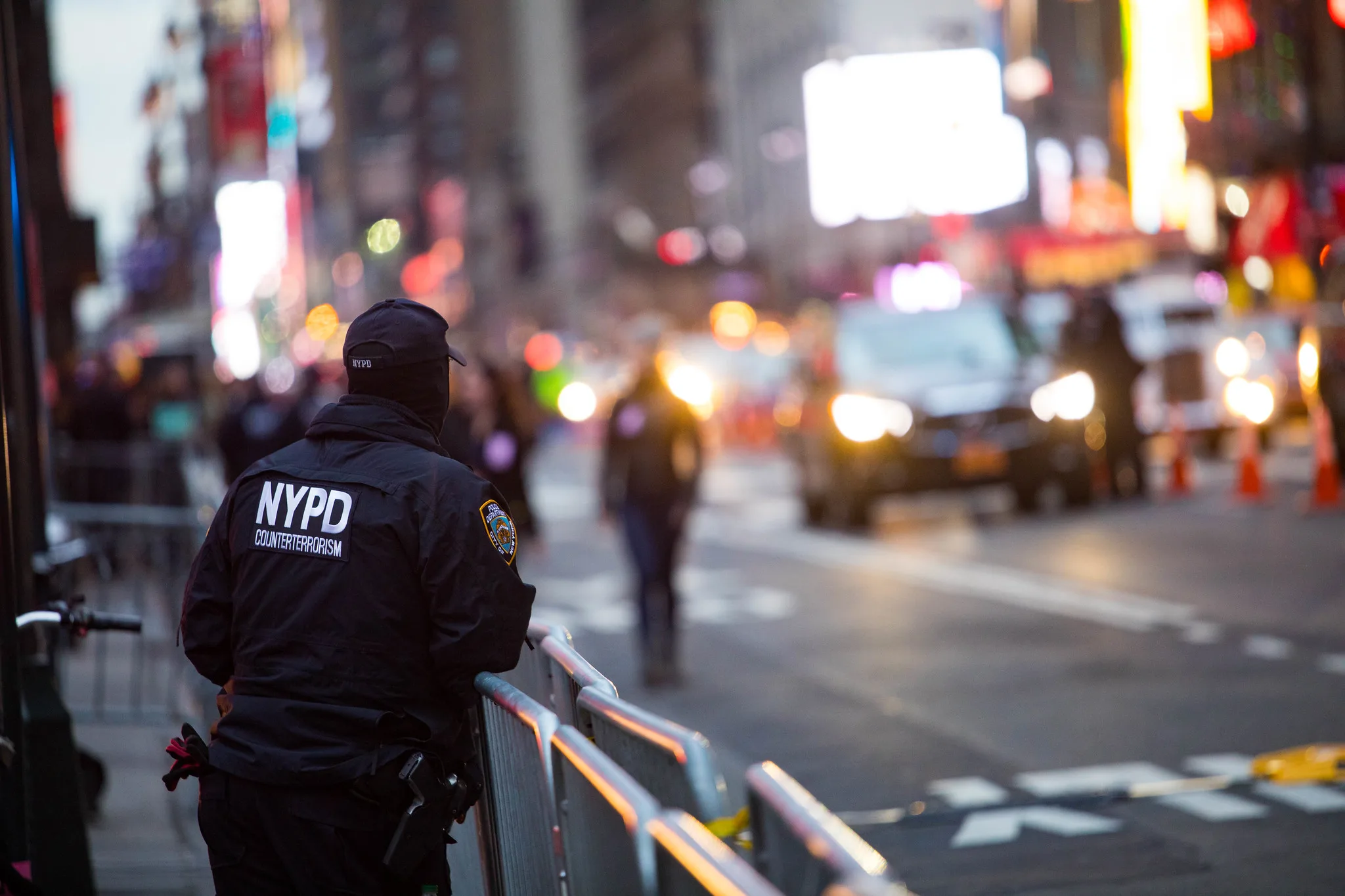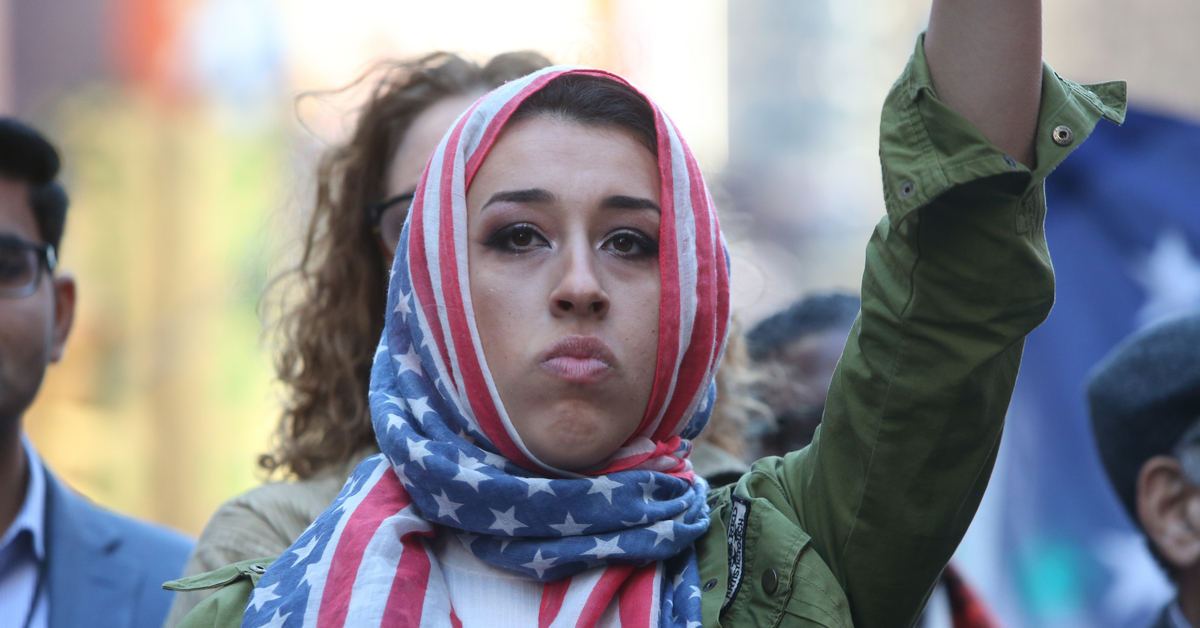The street in front of the Bronx building where the devastating 2022 fire killed 17 residents and displaced many more has been renamed 17 Abdoulie Touray Way.
The number 17 is to honor the number of lives lost in 2022, and Abdoulie Touray is a venerated Gambian immigrant who emigrated to the U.S. in the 1970s. He was the first Gambian to move into 333 Twin Parks North West, the 19-story building where the fire happened.
Touray died in 2019 at age 81 and is highly revered by the New York’s Gambian community for his tenacity, courage, and community service. To honor Black History Month, we are spotlighting him, the co-naming of the street, and how the fire has changed this small community.
Also Read: Twin Parks Fire Victims Claim That Donations Are Still Owed, a Year Later
“We knew that we wanted to honor the families that were affected and honor the Gambian community, for their very long history in the area and for helping to make the neighborhood vibrant,” City Councilmember Oswald Feliz, who coordinated the process of renaming the street with The Gambian Youth Organization and Imam Musa Kaba, told me. “So we thought the street renaming would be one way that we can do that.”
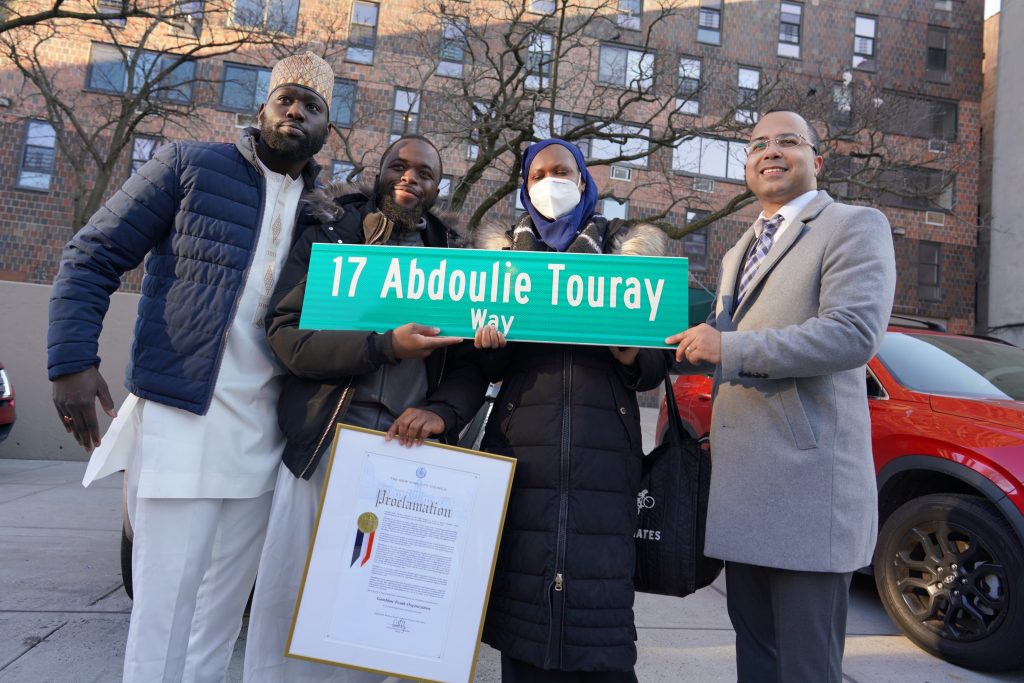
There was uncertainty around what the street should be renamed, Feliz said.
“Should we have named it Twin Parks remembrance way? Twin Parks memorial way?” Feliz wondered. “Many of us had concerns, so we reached out to the affected victims, especially those that lost loved ones, and we just gave them a very open-ended ‘What name would you like the street to be renamed?’”
The Gambian Youth Organization facilitated the conversation with the families of the deceased at a mosque, offering a variety of choices to kick off the conversation and welcoming residents to come up with names for themselves, Salim Drammeh, the president of the GYO, told Documented.
A name — one that modified a historic name for the building — stood out.
“One person said, ‘Hey, how about instead of saying Touray Kunda way, we can say Abdoulie Touray Way,’” Drammeh said. “And then that started circulating around the room.”
Over the years, Twin Parks had gained the nickname “Touray Kunda” among the Gambian community. The word Kunda means “home” when translated to English. The building was where Gambian immigrants in the 1980s and 1990s marked their foundation in New York, as they searched for opportunities after fleeing an oppressive government regime and poverty.
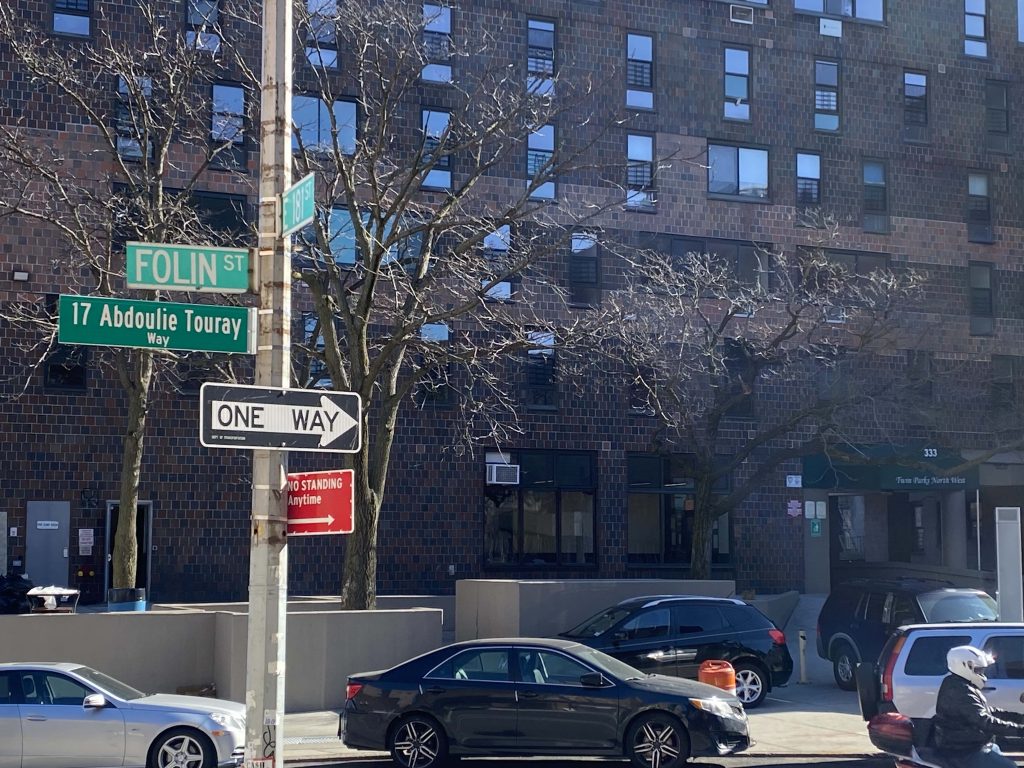
“It was here where our elders found a part of our ancestral home…where the first generation saw Kissima Abdoulie Touray as grandfather because migration would keep us oceans away from our own grandparents,” said Fatou Waggeh, a family representative at the street co-naming ceremony last month.
Touray Kunda was their sanctuary of comfort, affection, community, and faith, she said.
In the spring of 1988, Haji Dukuray, another family representative at the ceremony, walked through the doors of Touray Tower with $100 in his pocket.
Also Read: ‘Not Happening in White Communities’: The Data Behind NYC Fires
“I came to see Abdoulie Touray because someone told me he’s the only Gambian that lives around here,” Dukuray said. “I said hello to him, he asked for my last name, I told him my last name, he said ‘Your father is my uncle, you are my cousin, and this is your home.’”
Touray and his family welcomed the Gambians with a warm embrace, and gradually other immigrants built a community around him: mosques opened, hair braiding salons were established, supermarkets selling West African food and drinks were running as the Touray Tower became a place of refuge for many.
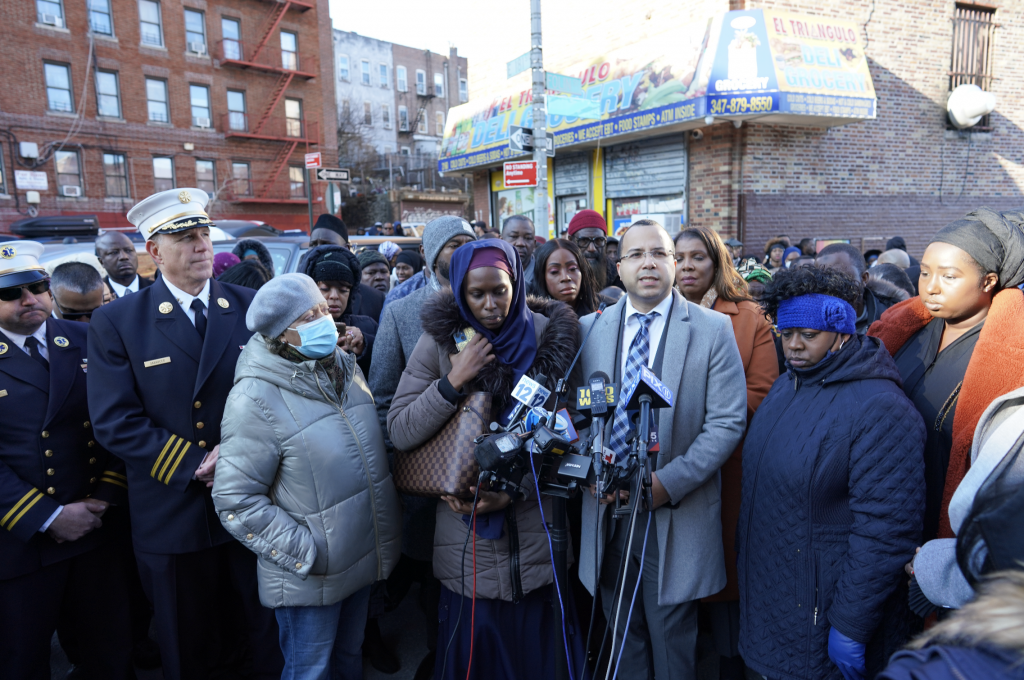
Waggeh ended her speech blessing the Touray family for the place they’ve held in their community. She said she hoped the story of Kissima (translated to “Grandfather” in English) Abdoulie stays alive in their heart and mind, consistently reminding everyone to leave behind memories and stories that surpass their physical existence.
“In the immigrant community, we don’t have a lot of streets named after our people,” Drammeh told me. “Maybe we have one or two. I don’t know. But there was even speculation as to Abdoulie Touray like what’s his relevance? How is he relevant to the tragedy? And we were like, hey, he’s a big reason all these families actually moved here.”
Touray had three Islamic-law wives who still lived on the third floor of the building, as well as 14 kids and 20 grandchildren.
“My father was selfless. He gave what he had and he always instilled in us that giving to charity does not make you poor,” said Magundo Touray, one of Touray’s daughters, during the street co-naming ceremony. “Growing up we remember that there were people who will get lost on the train and they didn’t speak English and a random police officer will knock on the door with ‘Hey Mr. Touray, Can you help us?’ This was our lives…we were a community, our doors were always open.”
Also Read: Pregnant, Sick, Homeless and Afraid: Bronx Fire Survivors Say the City is Not Doing Enough
The fire has been an unforgettable experience for the community, with the victims and the families of the deceased still living with the pain and trauma. Even the community has changed, Drammeh said, as many people who used to attend a nearby mosque now live too far away.
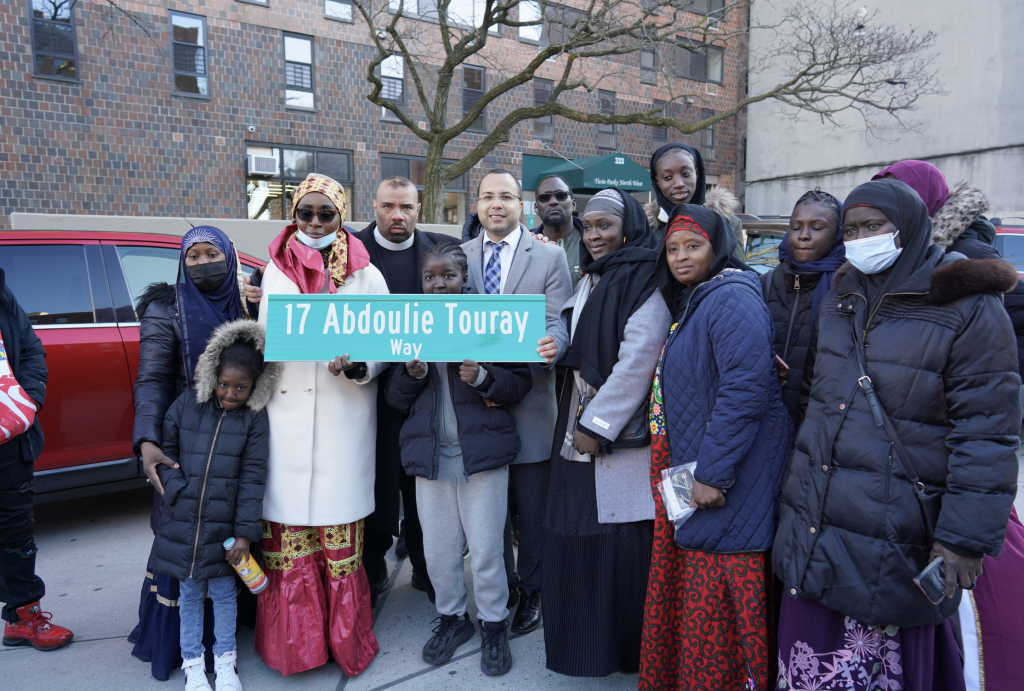
The Gambian Youth Organization, a volunteer-based organization of mostly full-time teachers, is just a block away from the building where the fire happened. They’ve provided aid to the victims since the incident, and are still overwhelmed by the community’s need.
“I had to leave my teaching for a while to tend to the needs of the residents,” Drammeh, who teaches computer science and social studies, told me. “There’s no playbook as to how you can respond to a fire that took away 17 lives. We had to create a lot of the mechanisms and even get some resources to families.”
